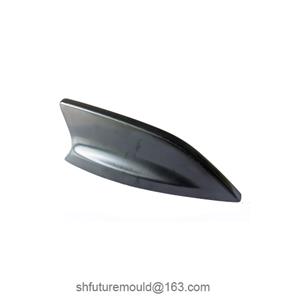How to Precisely Control Plastic Temperature in Injection Molding?
Plastic temperature is a critical parameter in the injection molding process, directly affecting product quality and production efficiency. Precise control of plastic temperature requires comprehensive consideration of material properties, equipment configuration, and operating techniques.
1. Understand the Processing Temperature Range of Plastics
Different types of plastics have specific melting temperature ranges:
Refer to the technical parameters provided by material suppliers to obtain the recommended processing temperature range.
Adjust the set temperature according to material characteristics, such as flowability, heat resistance, etc.
For plastics containing additives, special attention should be paid to their temperature sensitivity.
2. Precisely Set Temperature Zones of the Injection Molding Machine
Injection molding machines typically have multiple temperature-controlled zones (e.g., barrel, screw, nozzle), and each zone requires specific temperature settings:
Barrel Temperature: Set temperature in segments according to the plastic’s processing characteristics to ensure uniform melting during heating.
Nozzle Temperature: Set slightly lower than the front barrel temperature to prevent molten plastic from prematurely flowing out or degrading at the nozzle.
Mold Temperature: Choose the appropriate temperature based on the product requirements and type of plastic, which helps improve cooling effectiveness and surface quality.
3. Leverage Modern Temperature Control Technology
Advanced temperature control systems significantly improve the precision of temperature regulation:
Real-time Temperature Monitoring: Use sensors to monitor the actual temperature in each zone and make immediate adjustments through a feedback mechanism.
Automatic Adjustment System: Modern injection molding machines can automatically optimize temperature based on process requirements, reducing errors from manual intervention.
4. Preprocess Raw Materials
Some plastics (such as PA, and PC) are sensitive to moisture, and moisture absorption can affect the melting quality:
Pre-dry raw materials before processing to control the moisture content within the specified range.
Use constant temperature drying equipment to prevent secondary moisture absorption.
5. Trial and Small Batch Production
Precise temperature control cannot be achieved without trial production:
Conduct small batch trials before formal production, adjusting the temperature setting based on the product’s flowability, surface finish, and internal structure.
Record each temperature adjustment and corresponding molding results, creating reference data for future production.
6. Regular Maintenance of Injection Molding Equipment
Equipment performance directly impacts temperature control accuracy:
Regularly check the operation of heaters, sensors, and temperature control systems.
Clean the barrel and screw to prevent residue from affecting the heating effect.




